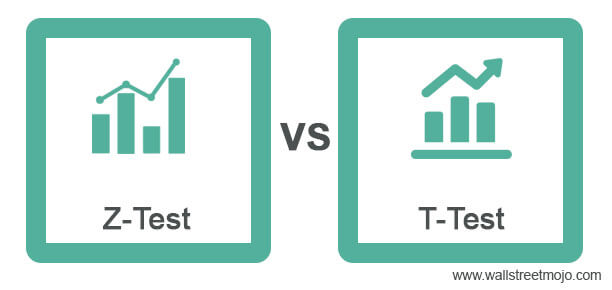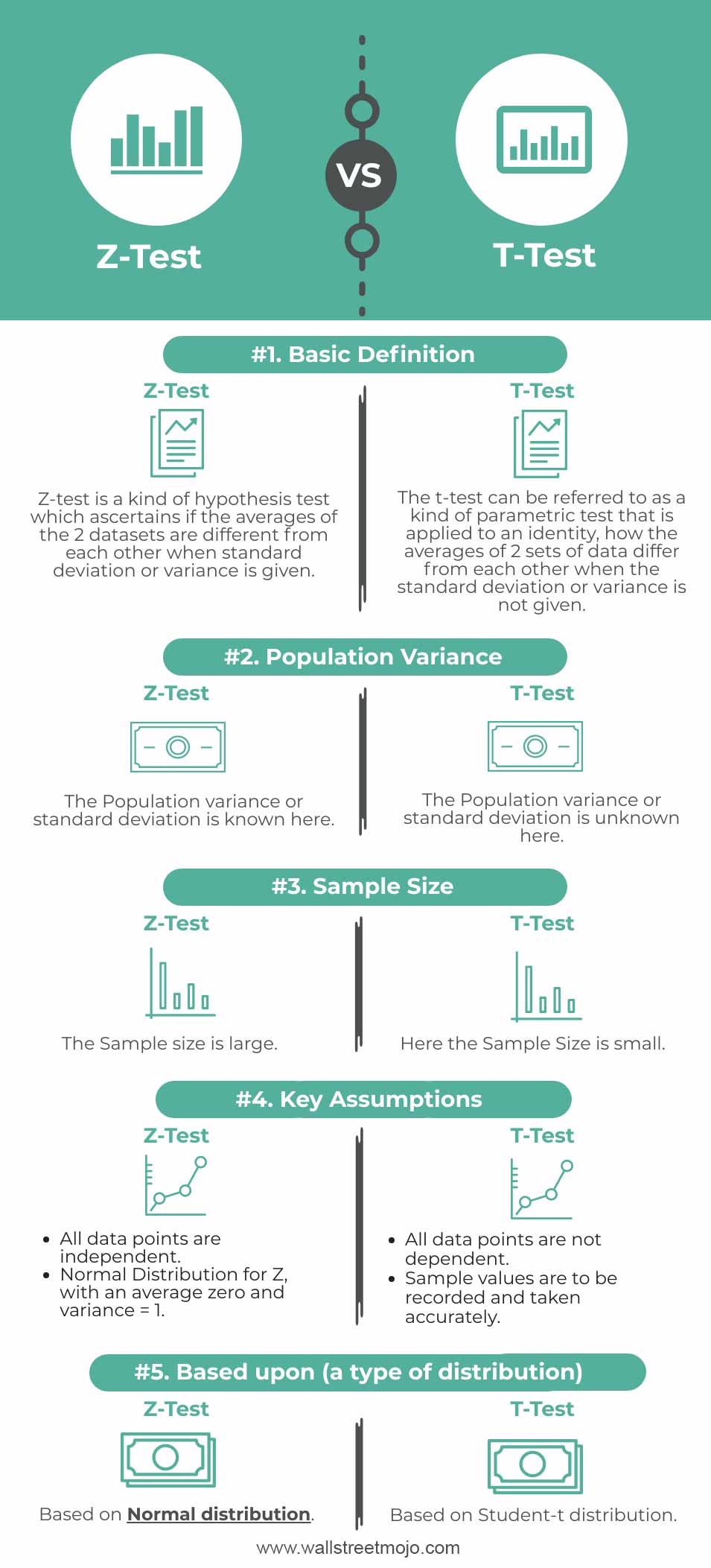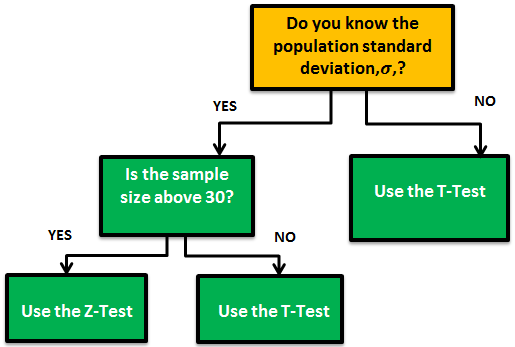Table Of Contents
Differences Between Z-Test and T-Test
Z-test is the statistical hypothesis used to determine whether the two samples' means calculated are different if the standard deviation is available and the sample is large. In contrast, the T-test determines how averages of different data sets differ in case the standard deviation or the variance is unknown.
Z-tests and T-tests are the two statistical methods that involve data analysis, which has applications in science, business, and many other disciplines. The T-test is a univariate hypothesis test based on T-statistics, wherein the mean, i.e., the average, is known, and population variance, i.e., the standard deviation, is approximated from the sample. On the other hand, Z-test is also a univariate test based on a standard normal distribution.

Uses
#1 - Z-Test
Z-test Formula, as mentioned earlier, are the statistical calculations that one can use to compare population averages to a sample's. The Z-test will tell you how far, in standard deviations terms, a data point is from the average of a data set. A Z-test will compare a sample to a defined population one typically uses for dealing with problems relating to large samples (i.e., n > 30). Mostly, they are very useful when the standard deviation is known.
#2 - T-Test
T-tests are also calculations one can use to test a hypothesis. Still, they are very useful when determining if there is a statistically significant comparison between the two independent sample groups. In other words, a t-test asks whether the comparison between the averages of 2 groups is unlikely to have occurred due to random chance. Usually, T-tests are more appropriate when dealing with problems with a limited sample size (i.e., n < 30).
Video Explanation Of T-Test
Z-Test vs. T-Test Infographics
Here we provide you with the top 5 differences between the z-test vs. t-test you must know.

Key Differences
- One of the essential conditions for conducting a T-test is that the population standard deviation or the variance is unknown. Conversely, the population variance formula, should be assumed to be known or known in the case of a Z-test.
- The t-test, as mentioned earlier, is based on student's t-distribution. On the contrary, the Z-test assumes that the distribution of sample means will be normal. The normal distribution and the student's T- distribution appear the same, as both are bell-shaped and symmetrical. However, they differ in one of the cases with less space in the center and more in their tails in T-distribution.
- Z-test is used as given in the above table when the sample size is large, which is n > 30, and the t-test is appropriate when the sample size is not big, which is small, i.e., that n < 30.
Z-Test vs. T-Test Comparative Table
| Basis | Z Test | T-Test |
|---|---|---|
| 1. Population Variance | Z-test is a kind of hypothesis test which ascertains if the averages of the 2 datasets are different from each other when standard deviation or variance is given. The Population variance or standard deviation is known here. | The t-test can be referred to as a kind of parametric test that is applied to an identity, how the averages of 2 sets of data differ from each other when the standard deviation or variance is not given. The Population variance or standard deviation is unknown here. |
| 2. Sample Size | The Sample size is large. | Here the Sample Size is small. |
| 3. Key Assumptions |
|
|
| 4. Based upon (a type of distribution) | Based on Normal distribution. | Based on Student-t distribution. |
Conclusion
By and to a larger extent, these tests are almost similar. Still, the comparison comes only to their conditions for their application, meaning that the T-test is more appropriate and applicable when the sample size is not more than thirty units. However, if it is greater than thirty units, one should use a Z-test. Similarly, other conditions will clarify which test to perform in a situation.
There are also different tests like the F-test, two-tailed vs. single-tailed, etc., so statisticians must be careful after analyzing the situation and then deciding which one to use. Below is a sample chart for what we discussed above.

